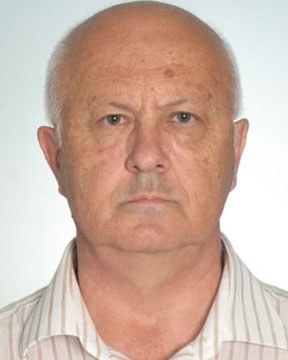
 |
Andrey DmitrievRussian Academy of Sciences - UralPhysicochemical Bases Of Pyrometallurgical Processing Of Titanomagnetite Ores Containing Various Amounts Of Titanium Dioxide Dmitriev International Symposium (6th Intl. Symp. on Sustainable Metals & Alloys Processing) Back to Plenary Lectures » |
Abstract:The results of laboratory, industrial and calculation researches of physical, chemical and thermophysical processes at the oxidizing roasting (sintering and pelletizing) of the titaniferous raw materials are considered. The estimation of influence of metallurgical properties (reducibility, durability, softening and melting temperatures of roasting ores) on processes heat and mass exchange at the reduction in the blast furnace is executed [1]. Titan-bearing ores with the various TiO2 content are investigated. Tests of ores are provided by ores of the current production in the Gusevogorsky deposit (Russian Federation, average test), and also ores from separate production of ores - is low titanium and is high titanium. Ores of the Kuranakhsky deposit (Russian Federation), the Tebinbulaksky deposit (Republic of Uzbekistan) and high titanium ores of the Medvedevsky deposit and the Yaregsky deposit (both Russian Federation) allowing receive pigmentary titanium dioxide are also considered. Processing of the specified ores assumes so-called schemes «blast furnace - converter» and «metallization - electrosmelting», including oxidizing roasting of ore concentrate with receiving agglomerate and pellets [2, 3]. The micro X-ray diffraction phase analysis and magnetic characteristics of samples is made. The results of industrial tests on change of metallurgical properties of agglomerate and its influence on blast furnace indices are given. Technical and economic indices of blast furnace smelting of agglomerate and pellets (coke consumption and productivity, chemical composition of cast iron and slag), received from a concentrate of the Kachkanarsky deposit, are calculated [4]. As a whole possibility and reasonability of processing of titaniferous ores with the different content of titanium dioxide and receiving vanadium containing cast iron and the slag containing titanium dioxide is shown. Possibility of processing the pigmentary titanium dioxide from titaniferous minerals is introduced [5]. |
|